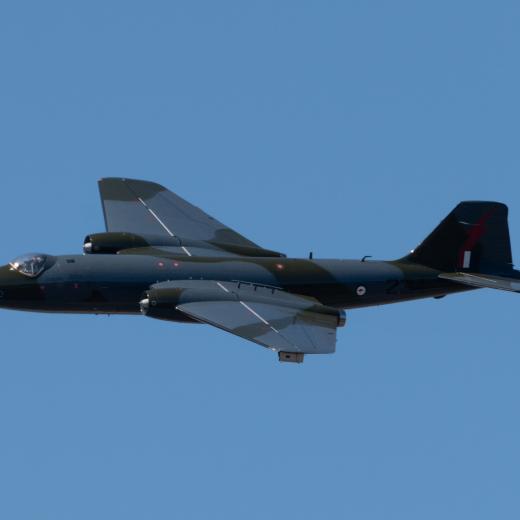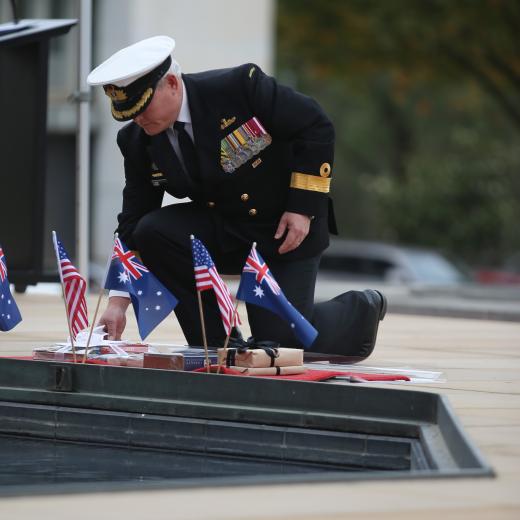BLUF
As early as 1921, tests proved that battleships and other surface warships were vulnerable to air attack—unfortunately, it took time to convince military leaders to change how they operated.Summary
This article by Benjamin Brimelow in Business Insider makes the following points:
- With the commissioning of HMS Dreadnought in 1906, battleships ruled the waves.
- Brig. Gen. William "Billy" Mitchell (US Army Air Service) was determined to show that aircraft have an advantage against warships.
- Mitchell argued that aircraft was a more cost-effective way to defend US coasts.
- Convinced Congress to allow aircraft to attack a battleship.
- Reluctantly the USN agreed but set conditions designed seemingly to ensure the test's failure.
- The tests were successful, sinking several decommissioned vessels, including a battleship.
- Despite this, a joint Army-Navy Board report maintained battleships were still "the backbone of the fleet".
- One of the earliest examples of US military inter-service rivalry.
- Pearl Harbour showed how effective air power could be. However, nations still continued to operate and lose battleships.
- Despite showing how effective air power could be, even the Japanese Navy's continued to operate and lose battleships—Yamato and Musashi—right up to the last days of the war.
- Battleships still had a role in destroying shore defences in support of a beach landing.
References
Posts related to this topic:
- The Nazis built their 2 most powerful warships before World War II. Here's how the British hunted them down. | The Runway (airforce.gov.au)
- Whirlwind: The Air War Against Japan, 1942–1945 | The Runway (airforce.gov.au)
References from the Web:
- APR 2020 Not Really a Cruiser, Not Really a Battleship, but Never a Battlecruiser: The Story of the US Navy’s Alaska-Class –the National WW2 Museum
- JUL 2021 Billy Mitchell and the Battleships- Air Force Magazine
- NOV 2021 These 1920s Experiments Ended the Age of the Battleship – The National Interest.




